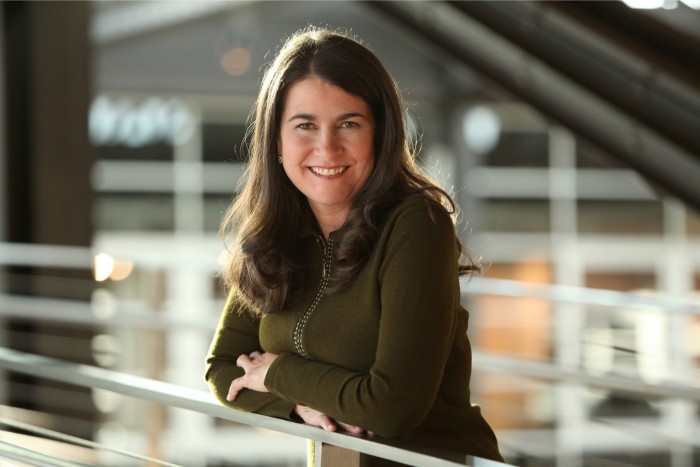Interview: Denise Ream On Jumping From Star Wars To Pixar, How Pixar Hid A Pizza Planet Truck In 'Good Dinosaur' & More
Last month I had the opportunity to visit Pixar Animation Studios and preview the company's next film The Good Dinosaur. You can read what I learned about the making of The Good Dinosaur here and read my interview with director Peter Sohn. While at Pixar, I had that opportunity to sit down with some of the other creatives behind the film, here is my interview with Denise Ream, who has an interesting story as she started out as a Visual Effects Producer at ILM working on films like Star Wars, Men In Black, Harry Potter and Mission Impossible movies before jumping across the bay to Pixar where she worked on Up, Cars 2, Brave, The Good Dinosaur and the upcoming sequel Cars 3.
Hit the jump to learn about how she went from Star Wars to Pixar, what its like to be on a project that loses a director and gets completely reworked, the choice of making the characters cartoony against a almost photo real backdrop, the daunting quest to find voice actors for this film, and how do you hide a Pizza Planet truck in a Dinosaur movie? All this and more in our Denise Ream interview, which you can read now after the jump.
Denise Ream Interview: The Good Dinosaur
PETER: This is your second film or third film here.DENISE: Third film here yeah.PETER: And you were originally started off in visual effects.DENISE: As a Visual Efffects Producer yeah. Yeah.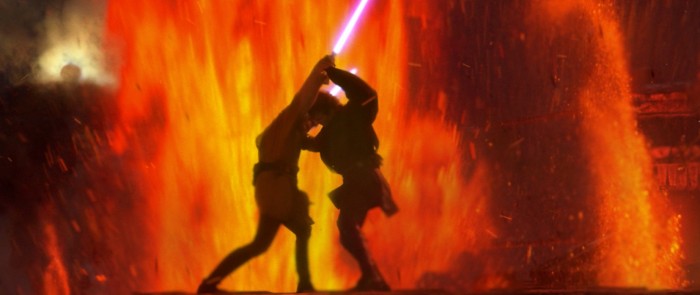 PETER: So how did you go from VFX at ILM to Pixar?DENISE: Honestly pretty shortly into the process of working on what I thought was gonna be the last Star Wars movie, I felt like hey, I'm basically working on an animated film. And I wanna do the whole thing. You know, I wanna be involved with the creation of the story and I just wanted to know what that process was gonna be like. So halfway through I decided that I wanted to make that change. And Pixar always represented to me: they made great films. And that was why I wanted to come here.PETER: You went from one Lucas company to a former Lucas company.DENISE: I know. I know, exactly. But yeah, Up was my first project.
PETER: So how did you go from VFX at ILM to Pixar?DENISE: Honestly pretty shortly into the process of working on what I thought was gonna be the last Star Wars movie, I felt like hey, I'm basically working on an animated film. And I wanna do the whole thing. You know, I wanna be involved with the creation of the story and I just wanted to know what that process was gonna be like. So halfway through I decided that I wanted to make that change. And Pixar always represented to me: they made great films. And that was why I wanted to come here.PETER: You went from one Lucas company to a former Lucas company.DENISE: I know. I know, exactly. But yeah, Up was my first project.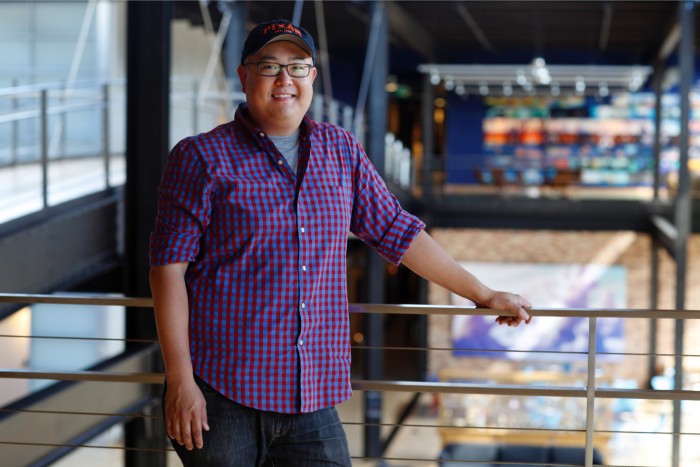 PETER: Were you on this project since the beginning or when Peter Sohn just came on?DENISE: No, I was not on it from the beginning. I came on June of 2013 when John Walker had an opportunity to go work with Brad Bird. And so I came on June '13 and so I've only been on this really a little over two years. And then shortly after that, very soon after that, Pete took over the story and kind of started over. We just shut the production down and...PETER: It always find it interesting how Pixar is willing to just do that. It's not working, let's throw it out and let's start over again. What is the difference between what it is now or what it's become and what it was originally when it wasn't working?DENISE: I was finishing Cars 2 and took a big break so I did not see a lot of the former screenings. I think what ultimately it is now is a much more simple story. I think it got pretty complex. And when we decided to sort of stop and reexamine what we wanted to do, it was about stripping away the complexity that had kind of been added on I think from screening to screening. And sort of going back to the whole concept of the boy and dog role reversal. But I was not a part of those other iterations of the film.PETER: Was that always a role reversal with the human boy essentially being the dog?DENISE: I believe it was, yes. I believe that was always the concept that they had.PETER: Okay. Well you were on board when Pete came on.DENISE: Yes.PETER: And how drastically did things change when that happened?DENISE: It was a pretty big change. I mean, again, we stopped everyone. I took everyone off the show. When Pete was given the opportunity, I made some staffing changes.
PETER: Were you on this project since the beginning or when Peter Sohn just came on?DENISE: No, I was not on it from the beginning. I came on June of 2013 when John Walker had an opportunity to go work with Brad Bird. And so I came on June '13 and so I've only been on this really a little over two years. And then shortly after that, very soon after that, Pete took over the story and kind of started over. We just shut the production down and...PETER: It always find it interesting how Pixar is willing to just do that. It's not working, let's throw it out and let's start over again. What is the difference between what it is now or what it's become and what it was originally when it wasn't working?DENISE: I was finishing Cars 2 and took a big break so I did not see a lot of the former screenings. I think what ultimately it is now is a much more simple story. I think it got pretty complex. And when we decided to sort of stop and reexamine what we wanted to do, it was about stripping away the complexity that had kind of been added on I think from screening to screening. And sort of going back to the whole concept of the boy and dog role reversal. But I was not a part of those other iterations of the film.PETER: Was that always a role reversal with the human boy essentially being the dog?DENISE: I believe it was, yes. I believe that was always the concept that they had.PETER: Okay. Well you were on board when Pete came on.DENISE: Yes.PETER: And how drastically did things change when that happened?DENISE: It was a pretty big change. I mean, again, we stopped everyone. I took everyone off the show. When Pete was given the opportunity, I made some staffing changes.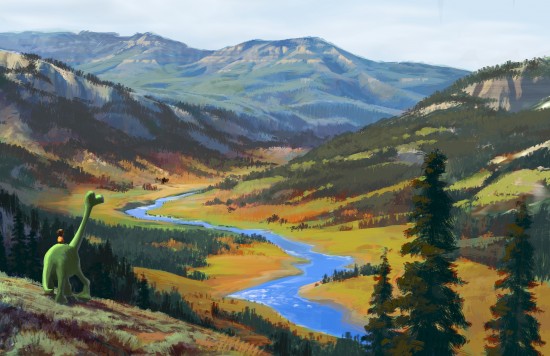 PETER: I'm sorry to interrupt you, but how does that come down? Like is there like a meeting and they're like this isn't working? Who's there's for that decision, who is John there? Like how does that...?DENISE: Oh yeah. It's a, I mean, everyone's there. It's a big decision. I mean, obviously there's a lot of repercussions for making that kind of a call. So it's taken very seriously. And, you know, all of the creative executives, the director, other directors sort of weigh in and it was just, it was decided it needs more time. And again, Disney fortunately supports us doing that. That's amazing. You know, 'cause a lot of other companies would say, go ahead and release the movie, you gotta just hit that date. And it was not ready to be released.PETER: What is the biggest technological challenges of this film?DENISE: It's funny we did some different things. The expansive environments were tricky. Pete didn't wanna have the walk in the park feel. He wanted it to feel like how it was when we were out there on that research trip. So creating that was difficult. And so that's why we used U.S.G.S. survey maps and but then having to set dress all of that and to populate with our own trees and rocks and grass was hard. We used volumetric clouds for the first time in every single shot. Which I don't think has ever, I mean, even ILM was advising us not to do that. So that was a big challenge that has resulted in the film feeling sort of kind of visceral and just as added a layer of complexity that I think you don't get with matte painted clouds. But honestly it's, you're probably sick of hearing this, but it is always about getting the story right. This place can execute anything. I always say sometimes we act like we've never made a movie before. And it's like that's the one thing I know is that we can get it done and it's just a matter of getting that story right so people have clarity on what they have to do to get it done. So we're not spinning.
PETER: I'm sorry to interrupt you, but how does that come down? Like is there like a meeting and they're like this isn't working? Who's there's for that decision, who is John there? Like how does that...?DENISE: Oh yeah. It's a, I mean, everyone's there. It's a big decision. I mean, obviously there's a lot of repercussions for making that kind of a call. So it's taken very seriously. And, you know, all of the creative executives, the director, other directors sort of weigh in and it was just, it was decided it needs more time. And again, Disney fortunately supports us doing that. That's amazing. You know, 'cause a lot of other companies would say, go ahead and release the movie, you gotta just hit that date. And it was not ready to be released.PETER: What is the biggest technological challenges of this film?DENISE: It's funny we did some different things. The expansive environments were tricky. Pete didn't wanna have the walk in the park feel. He wanted it to feel like how it was when we were out there on that research trip. So creating that was difficult. And so that's why we used U.S.G.S. survey maps and but then having to set dress all of that and to populate with our own trees and rocks and grass was hard. We used volumetric clouds for the first time in every single shot. Which I don't think has ever, I mean, even ILM was advising us not to do that. So that was a big challenge that has resulted in the film feeling sort of kind of visceral and just as added a layer of complexity that I think you don't get with matte painted clouds. But honestly it's, you're probably sick of hearing this, but it is always about getting the story right. This place can execute anything. I always say sometimes we act like we've never made a movie before. And it's like that's the one thing I know is that we can get it done and it's just a matter of getting that story right so people have clarity on what they have to do to get it done. So we're not spinning.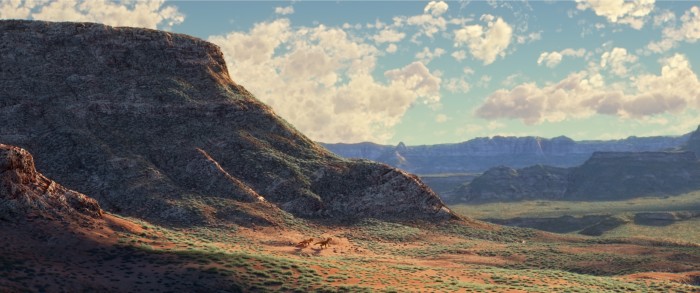 PETER: Well it looks beautiful.DENISE: Yes. I really, you're gonna see Sharon's presentation, Callaghan?PETER: Yeah.DENISE: She's amazing. And David Munier in our sets department. I mean, it's a tour de force for this.PETER: Was the decision always to have the environments be photo real and the characters be cartoony or was that something Pete came up with?DENISE: That was something that I think he felt pretty strongly about. We talked about it having a more stylized look to the environment and to nature. And it wasn't gonna be as threatening to the protagonist as we needed if we did that. Having it look something like you're used to seeing is what, is going to give it that visceral authenticity. And also I would say that, we wanted the character to feel like he was just out of his element. So that was definitely a style and artistic choice.
PETER: Well it looks beautiful.DENISE: Yes. I really, you're gonna see Sharon's presentation, Callaghan?PETER: Yeah.DENISE: She's amazing. And David Munier in our sets department. I mean, it's a tour de force for this.PETER: Was the decision always to have the environments be photo real and the characters be cartoony or was that something Pete came up with?DENISE: That was something that I think he felt pretty strongly about. We talked about it having a more stylized look to the environment and to nature. And it wasn't gonna be as threatening to the protagonist as we needed if we did that. Having it look something like you're used to seeing is what, is going to give it that visceral authenticity. And also I would say that, we wanted the character to feel like he was just out of his element. So that was definitely a style and artistic choice.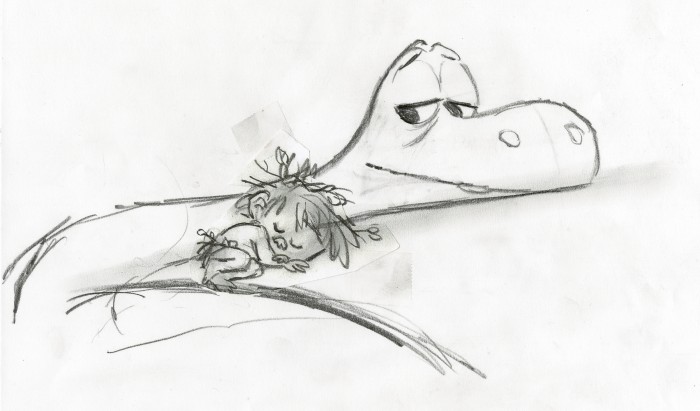 PETER: Was it hard to find the voice for Arlo?DENISE: Did you talk, have you talked to Pete yet?PETER: No.DENISE: We listened to 1,400 boys. From a production point of view, that was really hard. And so we listened to all these kids. We actually went down the road with a few of them. And they just didn't have sort of the acting chops. I mean, this is the first movie where you have basically two young kids as your main characters. They're the bulk, every other actor in the film has less than 50 lines. So those two, there's only, there's less than 500 lines in the whole movie. So most of those are those two kids. So to get the right kids was daunting. And we found this Raymond Ochoa and he just could–PETER: How did you do that? Was that like a typical wide net search or...?DENISE: Oh we did wide net, we did regional theaters, we went to the South, we went all over the country. Casting agents, churches, it was exhaustive. I mean, that alone would merit probably a article I swear with our poor casting department.
PETER: Was it hard to find the voice for Arlo?DENISE: Did you talk, have you talked to Pete yet?PETER: No.DENISE: We listened to 1,400 boys. From a production point of view, that was really hard. And so we listened to all these kids. We actually went down the road with a few of them. And they just didn't have sort of the acting chops. I mean, this is the first movie where you have basically two young kids as your main characters. They're the bulk, every other actor in the film has less than 50 lines. So those two, there's only, there's less than 500 lines in the whole movie. So most of those are those two kids. So to get the right kids was daunting. And we found this Raymond Ochoa and he just could–PETER: How did you do that? Was that like a typical wide net search or...?DENISE: Oh we did wide net, we did regional theaters, we went to the South, we went all over the country. Casting agents, churches, it was exhaustive. I mean, that alone would merit probably a article I swear with our poor casting department.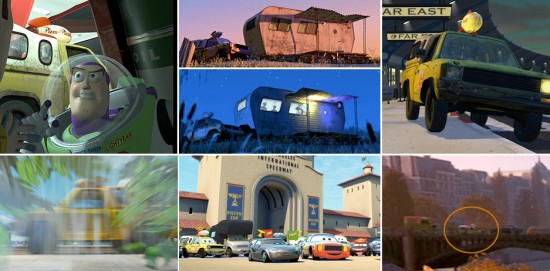 PETER: We're Pixar fanatics and we love everything about the company. And our readers love finding the Easter eggs in the film. And for a lot of the films, it's easy like you put a Pizza Planet car on the street. But in the world of dinosaurs, it seems like a lot of the stuff is gonna be pretty hard. So how do you...? Is there a point that you guys are like, you know, it doesn't make story reason to like fit an egg, you know?DENISE: We've got the smartest people in the world here that can come up with any... No, the Pizza Planet truck was hard and I think that's gonna be the hardest one for people to find personally. I think that's a hard one. The, you know how we pay an homage to the movie that's behind us?PETER: Yeah.DENISE: That one's gonna be tricky too.
PETER: We're Pixar fanatics and we love everything about the company. And our readers love finding the Easter eggs in the film. And for a lot of the films, it's easy like you put a Pizza Planet car on the street. But in the world of dinosaurs, it seems like a lot of the stuff is gonna be pretty hard. So how do you...? Is there a point that you guys are like, you know, it doesn't make story reason to like fit an egg, you know?DENISE: We've got the smartest people in the world here that can come up with any... No, the Pizza Planet truck was hard and I think that's gonna be the hardest one for people to find personally. I think that's a hard one. The, you know how we pay an homage to the movie that's behind us?PETER: Yeah.DENISE: That one's gonna be tricky too.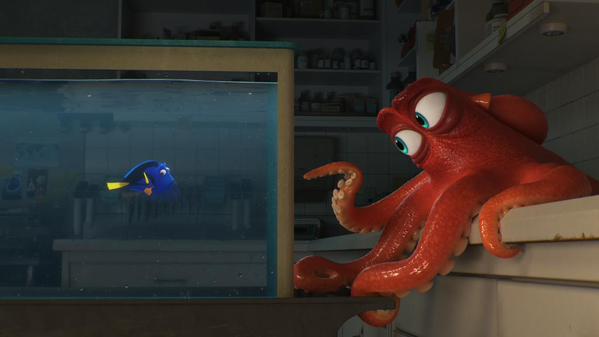 PETER: Which film is that?DENISE: Finding Dory. Yeah. That one's gonna be hard. I think. And then there's a couple of new Easter eggs that are gonna be fun for people.PETER: Really? Can you tease one of them?DENISE: I can tease one. One is related to Pete Sohn. That's fun. I have one that is a homage to my, the university I attended. Those are a couple. And I drove Sanjay Bakshi crazy – like we've gotta get this in there. 'Cause I have it in Cars 2. It's the Campanile at U.C., I went to U.C. Berkeley. And so it was trickier to get it in this one, but I have something. It's not the Campanile.PETER: Well I can't wait to find them.DENISE: Yeah.PETER: Thank you.DENISE: Thank you so much for coming up.
PETER: Which film is that?DENISE: Finding Dory. Yeah. That one's gonna be hard. I think. And then there's a couple of new Easter eggs that are gonna be fun for people.PETER: Really? Can you tease one of them?DENISE: I can tease one. One is related to Pete Sohn. That's fun. I have one that is a homage to my, the university I attended. Those are a couple. And I drove Sanjay Bakshi crazy – like we've gotta get this in there. 'Cause I have it in Cars 2. It's the Campanile at U.C., I went to U.C. Berkeley. And so it was trickier to get it in this one, but I have something. It's not the Campanile.PETER: Well I can't wait to find them.DENISE: Yeah.PETER: Thank you.DENISE: Thank you so much for coming up.

